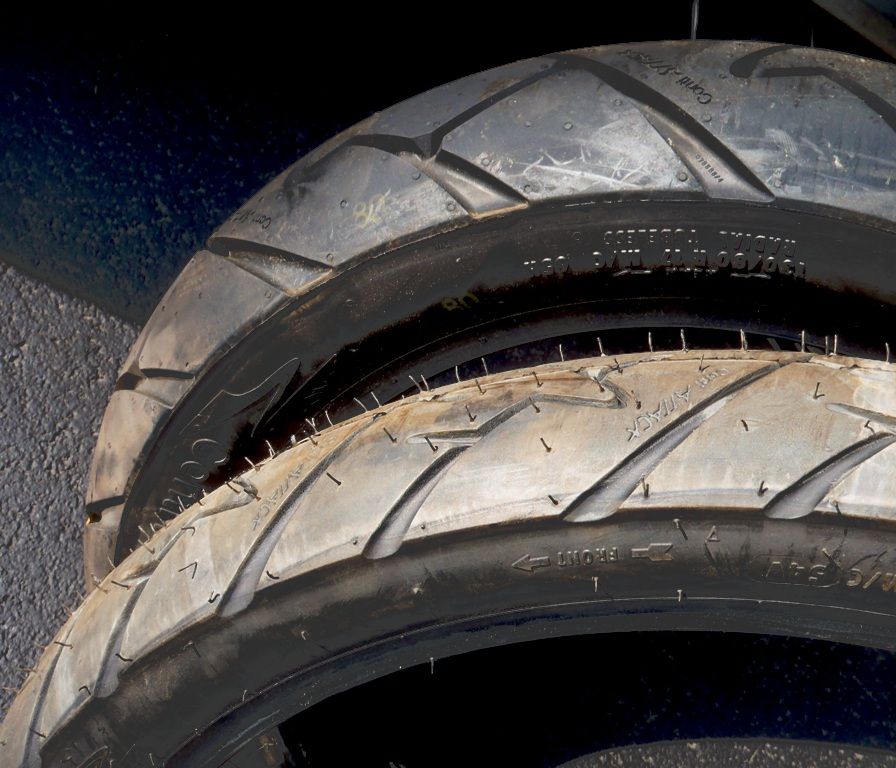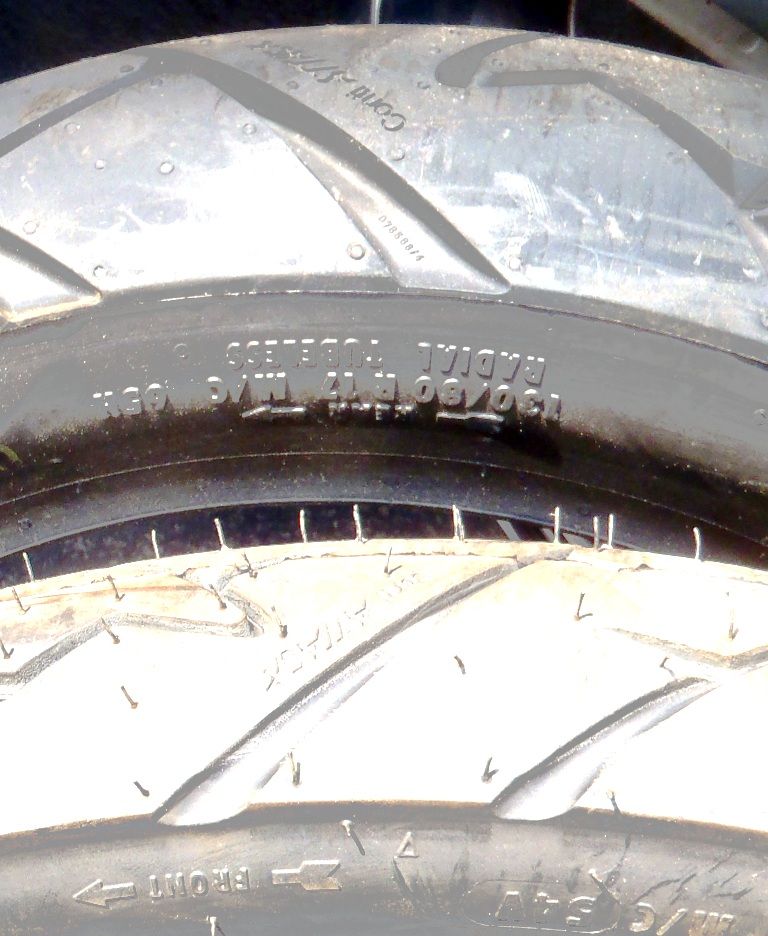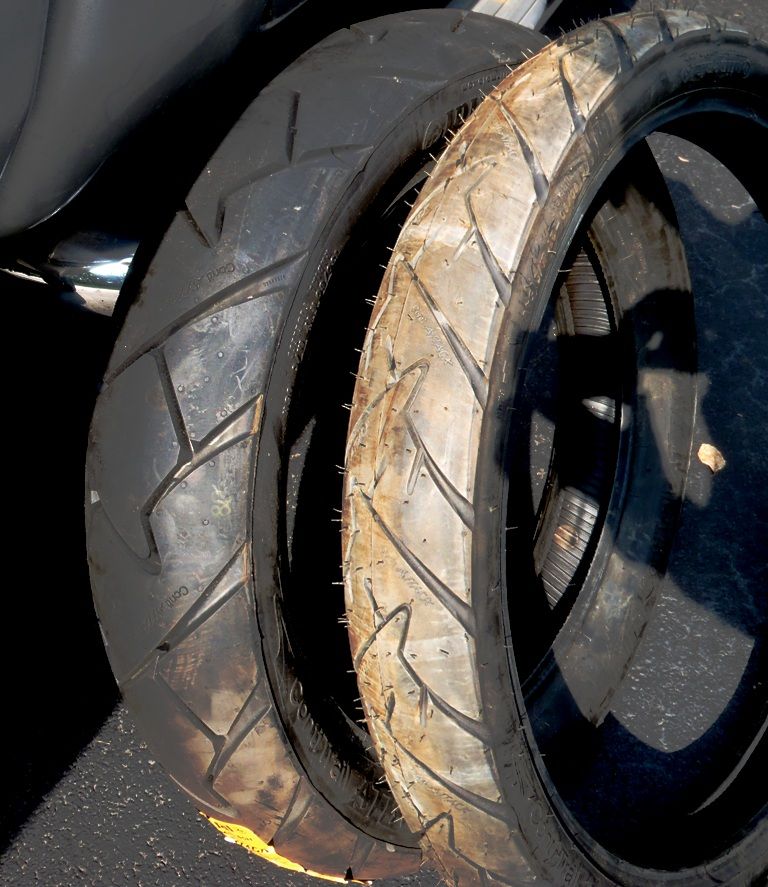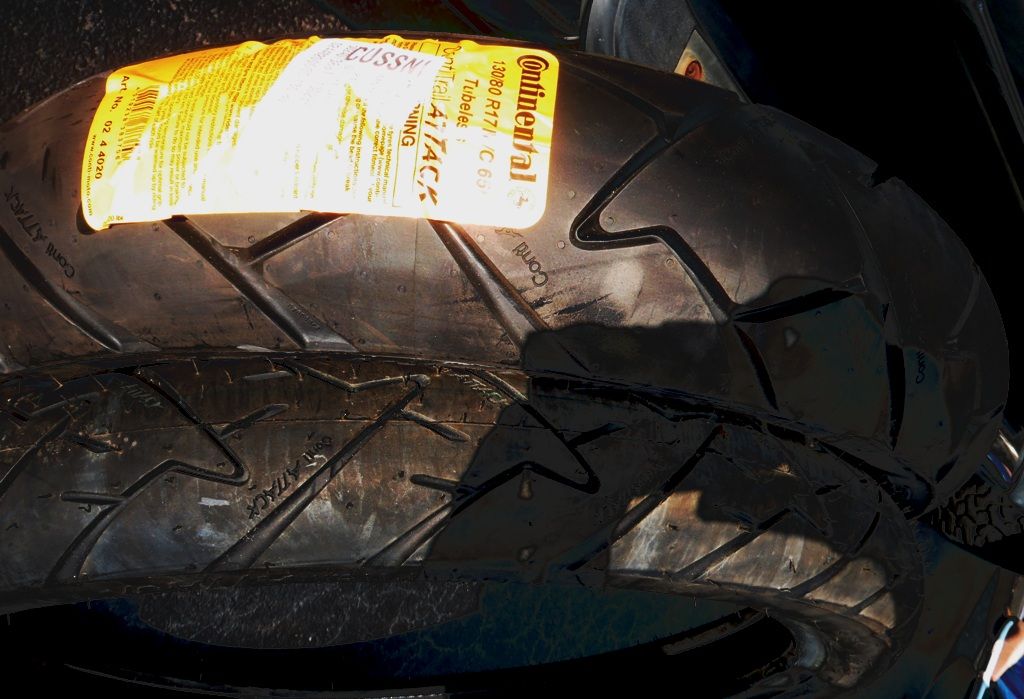I have an '18 KLR with 1800 miles on it. I've done about 600 miles on gravel and I just cant get over the fact that it feels awful. Front tire is constantly sliding and feels loose. I have to take corners really slow. The front tire is at 21psi and its stock. I've ridden dirt bikes for the past 15 years in all sorts of terrain and never ridden a bike that feels so loose and squirly. It gives my an uneasy feeling and I have no confidence.
Any ideas? Is it the tires?
Any ideas? Is it the tires?








